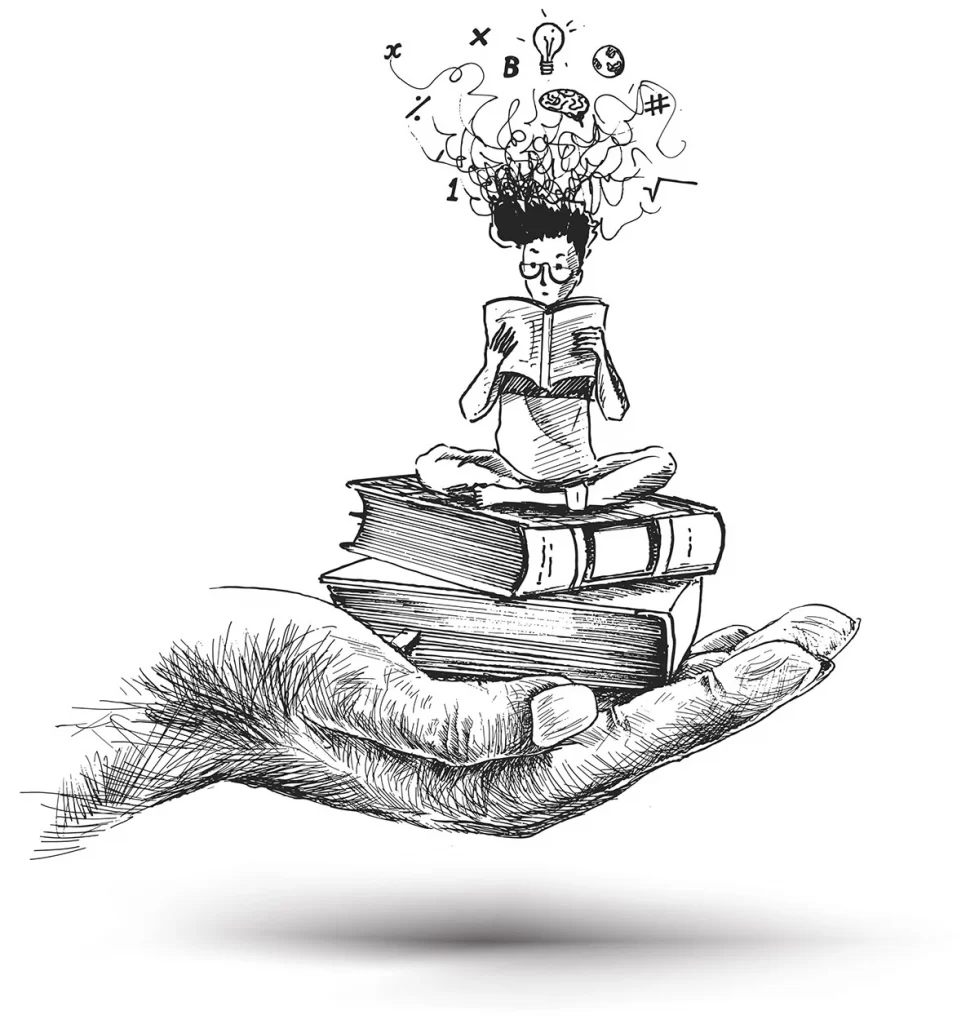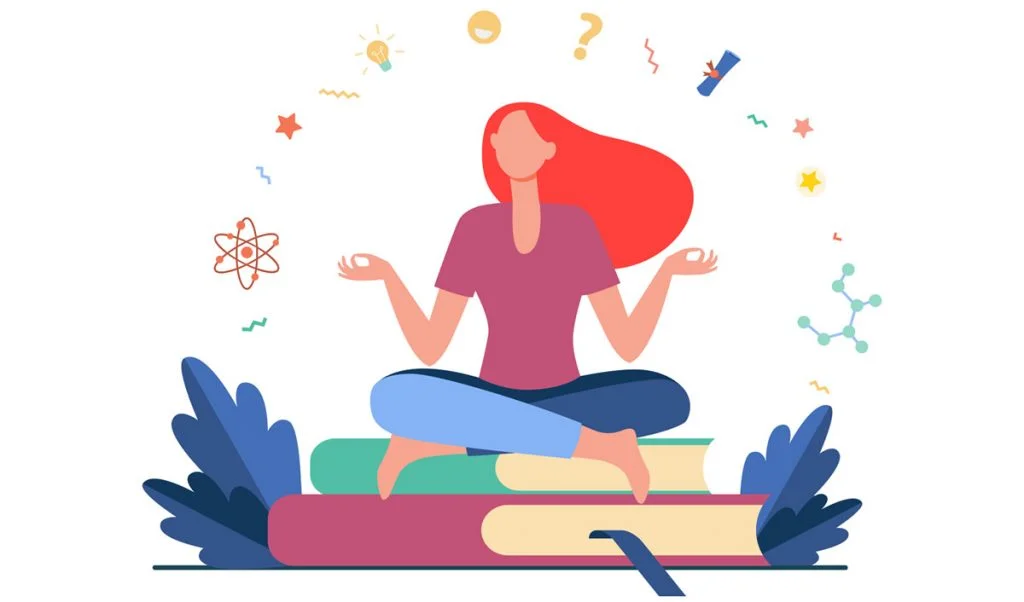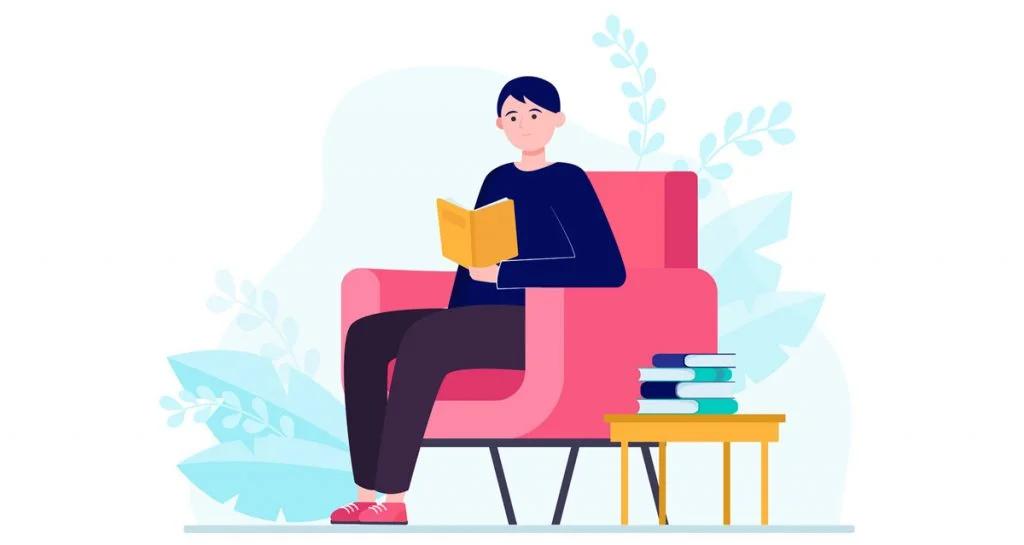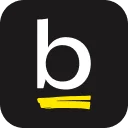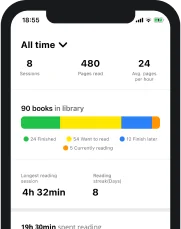There’s no denying that reading can be a fun and entertaining activity, one that has many benefits and that has the ability to make time fly while you are on a journey in alternative universes where everything is possible. While for some reading is just that, a nice form of entertainment and a door to different worlds, others choose to maximize the effects of reading and engage in different forms of reading to squeeze out every single possible benefit they can get, using different techniques.
What are the reading techniques and how can they help you? That’s what we are here to show you. At Basmo, we are dedicated to bringing you closer to your maximum capacity when it comes to reading, so naturally, we love exploring all the different techniques and secrets.
What are the reading techniques?
By their definition, reading techniques represent different approaches to reading that can be used in order to become a better, more efficient, and more successful reader. Their purpose is to help those who use them become faster readers, enhance comprehension, and increase information retention while reading.
Using any of the methods below is going to give your reading performance a nice boost, whether you’re looking to become a better reader in order to be able to learn faster or just because you want to take full advantage of your reading time. Basmo is here to teach you all the important types of reading techniques and to show you how our app can help you maximize your potential as a reader.
Which are the most important reading techniques?
The first step on your journey to becoming a better, more accomplished reader is to find out what the best reading techniques are, what they bring to the table, and figure out which ones match your purpose or your interests.
SQ3R
Probably one of the most popular, well-known, and most used techniques of reading, SQ3R bears the name of the five steps it involves:
- Survey
- Question
- Read
- Recite
- Review.
It may sound like a relatively complicated method considering the number of steps involved, but as you will see below in my detailed explanation, things are not as difficult as it may seem.
Here are the five steps extensively explained for your benefit:
1. Survey
As you would expect, the first step consists of preparing yourself for the information you are about to explore. This means getting familiarized with the reading material, finding out a little about its contents, and getting an idea regarding what you are about to start reading. This can be done in a couple of ways:
- Looking at pictures or charts in the book
- Reading the introduction
- Reading a summary
- Checking out the chapters and headings to understand how the information is structured
2. Question
The next step in the SQ3R method consists of asking yourself questions about the material in front of you. If you’re checking out the chapters, for example, try to figure out whether that particular chapter is going to also answer less obvious questions about its theme. This will give your reading a clear purpose and it will keep you more engaged in the reading, as you are going to be looking for some very clear answers to some questions.
Since we are dedicated to helping you have the best reading sessions possible, regardless of the reading techniques you are using, Basmo, our reading tracking app, provides you with an easy and quick way of jotting down questions even before you start your reading.
You can use the journaling feature to write down the questions you are looking to find answers to before you start reading. This is super-easy to do and it only requires a couple of taps in the app on your smartphone or tablet.
3. Read
You are now fully prepared for your actual reading session. The reading you will be doing after going through the first two steps is going to provide much better results, since you will have your mind fully prepared to take in as much information as possible, you will have a clear idea of what to expect while reading and how the information is structured, and you will also have a couple of questions in mind you will be actively searching the answers to.
Going through this step with Basmo is going to yield even better results.
Basmo is going to record your reading session, giving you insightful data about your performance: duration of the reading session, the number of pages read, or reading speed.
On top of this, while a reading session is ongoing, you are going to be able to take notes directly on your mobile device within the app. The notes can easily be formatted and organized as you see fit.
Give Your Reading Experience
An Extra Boost With Basmo
Track the books you read, monitor the time you spend reading and keep notes on your reading habits and how it makes you feel. You can set yourself targets for the time you spend reading and you can get notified whenever you’re behind on your reading time.
4. Recite
This step involves answering the questions you asked before you started your reading session. You can use the journaling feature from the Basmo app to make sure you have the answers to all your questions, and you can even write down the answers now that you have them.
This will increase the amount of information you are going to remember from the material you went through since writing is known to give your memory a boost.
5. Review
This last step consists of you making a mental analysis of the information you were able to instantly retain from the reading you just did. It is an introspective step meant to help you be more mindful about your reading and have a clear idea of how you were able to comprehend and remember the material.
Making mental notes immediately after finishing your reading session and consciously trying to retrieve key information is going to be essential for your information retention performance.
The SQ3R technique is universally recognized as one of the most effective reading techniques, guaranteed to improve your performance both while reading and while studying. It was introduced back in 1946 by the American educational psychologist Francis P. Robinson and it still stands tall among the other reading techniques, as one of the very best.
Skimming
Depending on your final purpose, skimming can also be a useful reading technique. As the name suggests, skimming is done by actively separating the crucial information from the unnecessary details and extracting the essential data in a short period of time.
This means that while skimming you are not actually reading everything. You go over the reading material quickly, ignoring the details and only focusing on the key pieces of information. It is different from speed reading, which I will describe further below, through the fact that in skimming the details are skipped completely, while in speed reading, the details are simply read quickly.
Skimming is particularly useful when reading newspapers and magazines, while trying to figure out important information about a certain product (reading just the product features, not the entire product description for example), or when you are going over a material you already read in the past and you just need a quick reminder.
Scanning
While somewhat similar to skimming, the scanning reading technique differs considerably in regards to the purpose of the action. Even though the process is pretty similar and consists of going over a particular text quickly, the difference is that while skimming we are looking to find out the main ideas from a text, and while scanning we are looking just for one or some particular pieces of information.
If you will, the difference between skimming and scanning can be explained quite easily with a web browsing comparison. Skimming represents reading an article online without paying attention to the details, just looking for the main idea, while scanning represents using the CTRL-F function to look for a particular keyword and find the exact information you need.
Active reading
Another very important reading technique that has been proven to have amazing effects both on the experience and on the final outcome is active reading. Through active reading, we understand a purposeful reading session, done with a clear intent to understand and remember as much as possible from a particular text or book.
The process requires dedication and a good level of motivation and consists of a couple of critical aspects.
- Asking questions. Just like in the SQ3R method, active reading requires you to actively ask questions and look for their answers in the material you are reading
- Looking for patterns. Finding patterns (either in the way the text is written or in the symmetry of the information) is going to help you better understand the material as a whole.
- Note-taking and highlighting. Annotating books and taking notes are well-known for the improvements they bring to comprehension and information retention. Choose to annotate books and write your notes with Basmo for a clean, easy, and effective process.
- Finding links to pre-existing knowledge. What you already know about a topic and the new information you are acquiring need to be actively linked together in your mind for a better understanding of the text.
- Summary writing. Writing a summary of the things you read or learn is going to be a great way of improving the experience and its results. Using your own words to explain what you just read is going to ensure that you better remember it and realize how well you managed to comprehend the information.
- Testing yourself. Similar to summary writing, putting yourself to the test is guaranteed to reveal a lot about the efficiency of your reading or learning session.
- Forcing yourself to teach somebody else. Albert Einstein once said: “If you can’t explain it simply, you don’t understand it well enough”, and it’s 100% true. Trying to teach someone who knows nothing about the topic is going to help you realize what information is actually essential, while also revealing exactly how well you were able to understand and remember things about that particular topic.
Detailed reading
Somewhat similar to active reading, detailed reading differs through the fact that the focus in this reading technique is more on the actual text you are going through. Paying attention to every word, word placement in sentences, how the text is organized, and how the information is presented is a form of close reading, which has been extensively analyzed and presented by the Basmo team.
Speed reading
This reading technique consists of maintaining the maximum reading speed for as long as possible without compromising on comprehension and information retention. Many wrongly confuse speed reading with skimming or scanning, but the most important thing to remember is that speed reading is just regular reading done quickly. Details are not omitted and we are not actively looking for a particular piece of information.
Through speed reading, the goal is to achieve the best possible results while reading as quickly as possible. It is an important skill to have, and luckily one that can be trained. It does take a lot of practice, dedication, and patience, but it pays off in the end.
Structure-Proposition-Evaluation
Also called SPE, this technique consists of three important steps, as the name suggests. It is also a very popular reading technique, usually chosen when reading non-fiction.
Structure: Understand the structure of the text, how the ideas are organized and what the layout is. For example, checking out the table of contents would be a good first step for this reading technique.
Proposition: Find out what the author’s propositions are. The ideas in a non-fiction text are going to be related logically and your purpose is to find these connections.
Evaluate: The final step consists of evaluating the arguments and analyzing the author’s conclusions. Analyze the propositions, how they are logically related and whether they lead you to the same conclusion as the author suggests.
Final thoughts
So, what are the reading techniques? They are basically ways you can enhance your reading experience, improve your comprehension, and boost your information retention while reading. With the help of these techniques and the added benefits of using the reading tracking app from Basmo, you can achieve new highs on your reading journeys.
Background vector created by Rochak Shukla – www.freepik.com
